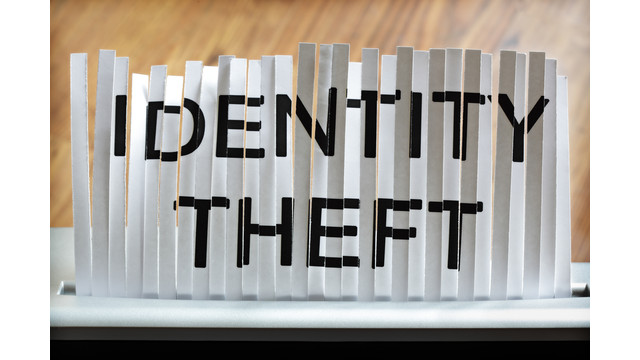In 2021, cybercrime cost U.S. businesses more almost $7 billion, yet today, only 50% of U.S. businesses having a cybersecurity plan in place.
ThoughtLab, a leadership and economic research firm recently conducted a cybersecurity benchmarking study. The study, Cybersecurity Solutions for a Riskier World analyzed cybersecurity strategies, with 1,200 large organizations in 16 countries participating in the study.
According to the study, material breaches rose 20.5% from 2020 to 2021, with cybersecurity budgets rising as a direct result of those breaches. But increased budgets do not necessarily equate with preparedness, with 29% of CEOs and 40% of chief security officers admitting that their organizations remain unprepared for a large-scale cyberattack. Their reasons varied:
- 44% cited supply chain issues
- 41% cited the fast pace of digital innovation
- 28% cited inadequate cybersecurity budgets and lack of executive support
- 24% cited a shortage of talent versed in cybersecurity
How do these facts impact your firm? Keep in mind that in some states, CPA firms are held liable for any data breaches that impact their client’s personal data. But even if you’re not legally responsible, a cybercrime committed against your firm will directly impact your current client list as well as those looking to contract with your firm for services.
Though cybercrime threats vary, today, ransomware and phishing are considered the two top threats to businesses nationwide. If you’re not exactly sure what ransomware and phishing are and the impact they can have on your business, read on.
Ransomware and Malware
Ransomware is a type of malware that is used most often, infiltrating your computer system and encrypting the files so that you’re unable to access the system unless a ransom is paid. If the ransom is paid, the company receives an encryption key that will allow them to access their files once again.
In many cases, businesses have resorted to paying ransom to gain access to their files. Unfortunately, paying the ransom is no guarantee that the hackers will give you access to your files.
Phishing
In years past, phishing attempts were clumsy and fairly easy to detect. That’s not the case today, with counterfeit communications difficult to identify. Today, there are over 150 million phishing emails send daily.
Phishing typically lures victims in by email, with the request made to look like communication from a trusted institution such as a bank or government agency. A link is always included in the initial contact email or text, which takes you not to the site indicated, but to the hacker’s site, where your personal information can be easily compromised. Because of the level of sophistication available to hackers, it can be difficult to determine the legitimacy of an email or text.
One way to check for the legitimacy of a link is to place your mouse over the link itself. This will display the hyperlink and allow you to see exactly where the link will take you.
Of course, the best way to prevent phishing is to not click on any link sent to you until you’ve verified it. It’s also important to never respond to an email or text that requests personal information or asks for a password.
Whether your firm is small or you have offices around the world, you’re vulnerable to cyberattacks. Taking the proper precautions will help keep your firm and your client data safe.
Thanks for reading CPA Practice Advisor!
Subscribe Already registered? Log In
Need more information? Read the FAQs
Tags: Accounting, Firm Management, Security, Technology





